Home>Garden Essentials>How Do Plants Germinate
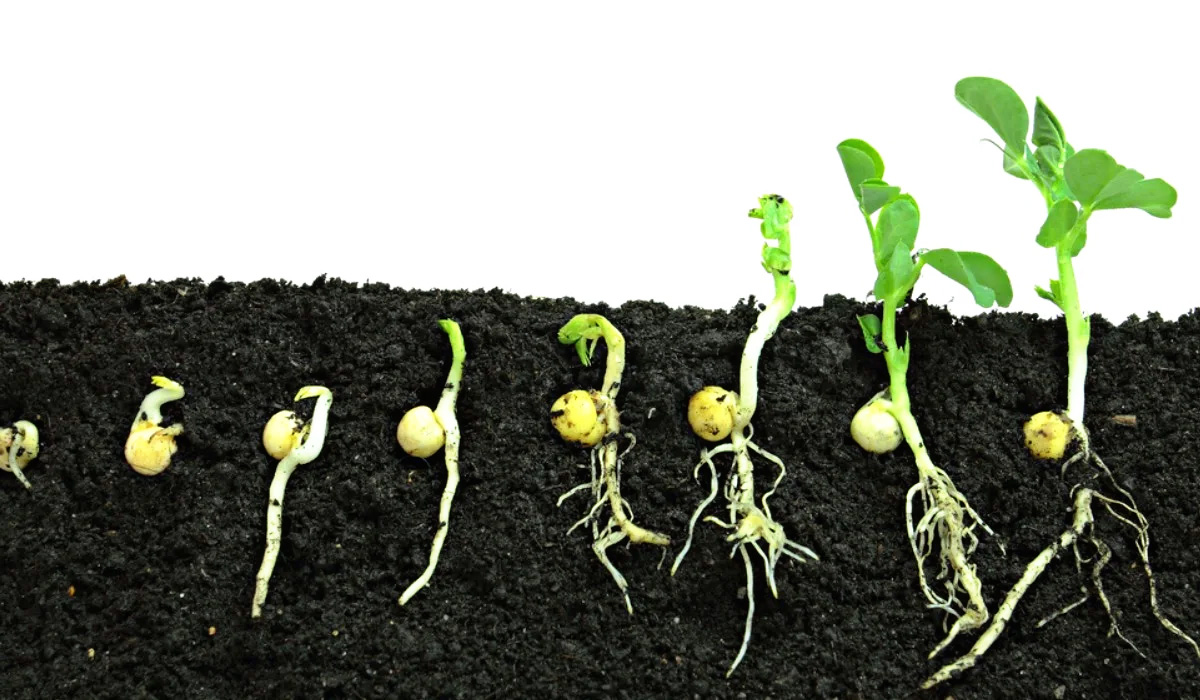

Garden Essentials
How Do Plants Germinate
Modified: March 16, 2024
Learn the secrets of how plants germinate in your garden and discover the essential steps to ensure successful growth and blooming.
(Many of the links in this article redirect to a specific reviewed product. Your purchase of these products through affiliate links helps to generate commission for Storables.com, at no extra cost. Learn more)
Introduction
Welcome to the fascinating world of plant germination! Have you ever wondered how a tiny seed transforms into a full-grown plant? The process of germination holds the answer to this question. Germination is an integral part of a plant’s life cycle and is essential for its survival and growth.
Germination is the process by which a seed develops into a new plant under suitable conditions. It initiates the growth of a seed and enables it to establish roots, develop shoots, and eventually produce leaves and flowers. It is a remarkable journey that begins with the activation of a dormant seed and culminates in the emergence of a seedling.
Understanding the factors that influence germination, the stages involved, and the requirements for successful germination not only enhances our knowledge of plants but also enables us to cultivate and nurture them more effectively. So let’s delve into the fascinating world of germination and explore the wonders it holds!
Key Takeaways:
- Plants need water, temperature, light, oxygen, and nutrients to grow from seeds. Each factor plays a special role in helping seeds sprout and become healthy plants.
- After sprouting, seedlings grow roots, stems, leaves, and even flowers and fruits. Taking care of seedlings is important for growing strong and beautiful plants.
Read more: When Do Most Plants Germinate
Definition of Germination
Germination is the process by which a dormant seed begins to grow and develop into a new plant. It is a crucial stage in a plant’s life cycle, as it marks the transition from a dormant seed to an actively growing and self-sustaining organism.
During germination, the seed absorbs water, undergoes biochemical changes, and activates its metabolic processes. This results in the emergence of a radicle (root) and a shoot from the seed coat. The radicle helps anchor the plant in the soil, while the shoot grows upwards, eventually developing foliage, stems, and flowers.
Germination is a complex process that involves a series of physiological and biochemical events. It requires the activation of previously dormant tissues within the seed, as well as the availability of the necessary resources and environmental conditions.
It is important to note that not all seeds have the same germination requirements or patterns. Some seeds may have specific needs, such as exposure to light or certain temperatures, while others may be more adaptable and able to germinate under a wide range of conditions.
The length of time it takes for germination to occur also varies among different plant species. Some seeds may germinate within a few days, while others may take weeks or even months.
Overall, germination is a critical process in the life cycle of plants, allowing them to reproduce and propagate. It is a remarkable phenomenon that showcases the resilience and adaptability of plants in their quest for survival and growth.
Factors that Influence Germination
Germination is influenced by various factors that determine whether a seed will successfully sprout and grow into a healthy plant. Let’s explore some of the key factors that play a role in the germination process:
- Water: Adequate water availability is crucial for germination, as it helps in softening the seed coat and activating enzymes responsible for metabolic processes. Without sufficient water, the seed remains dormant and unable to initiate growth.
- Temperature: Temperature plays a significant role in germination. Different plant species have specific temperature requirements for germination to occur optimally. Some seeds prefer cooler temperatures, while others require warmer conditions. Extremes of temperature can hinder germination or cause damage to the developing seedling.
- Light: Light is an important environmental factor that influences germination. While some seeds require light for germination (known as photoblastic seeds), others need darkness. Light stimulates the production of certain hormones that trigger germination or inhibit it, depending on the species.
- Oxygen: Like all living organisms, seeds require oxygen for respiration. Oxygen is needed to break down stored nutrients and provide energy for seedling growth. Insufficient oxygen levels can hinder germination and may result in the death of the seedling.
- Seed Coat: The seed coat acts as a protective barrier and regulates the exchange of gases, water, and nutrients. Some seeds have a hard seed coat that must be broken or softened for germination to occur. Scarification techniques, such as soaking, scratching, or exposure to heat, can help overcome dormancy caused by a tough seed coat.
- Presence of Inhibitors: Some seeds contain natural inhibitors that prevent germination until certain conditions are met. These inhibitors can include chemicals and hormones that delay germination and protect the seed from premature growth. Environmental triggers, such as temperature or moisture changes, can remove or neutralize these inhibitors, allowing germination to proceed.
By understanding and manipulating these factors, gardeners and cultivators can optimize germination conditions for different plant species, ensuring successful sprouting and healthy seedling development.
Seeds and Seed Germination
Seeds are the reproductive units of plants and serve as vessels of life. They contain all the essential components needed for a plant to develop and grow. Seed germination is the process through which a seed transforms into a seedling and eventually into a mature plant.
Seeds are typically comprised of three main parts: the seed coat, embryo, and endosperm. The seed coat, also known as the seed’s protective layer, safeguards the embryo and endosperm from external factors such as pests, diseases, and dehydration. The embryo is the developing plant within the seed, consisting of a tiny root called the radicle, an embryonic shoot, and the precursor to leaves, stems, and flowers. Finally, the endosperm is a storehouse of nutrients that provides nourishment for the germinating seedling until it can establish its own roots and obtain nutrients from the soil.
When the conditions for germination are favorable, the dormant seed begins to absorb water through a process called imbibition. This triggers a series of biochemical reactions, activating enzymes that break down stored nutrients in the endosperm. This nutrient-rich environment provides the necessary energy for the developing seedling to grow.
As the seed absorbs water, it swells and the seed coat softens or splits, allowing the radicle to emerge and anchor itself in the soil. Adequate moisture, temperature, oxygen, and sometimes light further stimulate the growth of the seedling. The embryonic shoot, also known as the epicotyl, elongates and pushes its way above the soil surface, unfurling its first set of leaves, called cotyledons. These cotyledons provide nutrients for the early stages of growth until the seedling can carry out photosynthesis and produce its own food.
Each seed has specific germination requirements, which can vary depending on the plant species. Some seeds require specific temperature ranges, while others need stratification (exposure to cold temperatures) to break dormancy. Certain seeds rely on birds, animals, or insects to scarify the seed coat through digestion before germination can occur.
Seed germination is a crucial stage in a plant’s life cycle, as it ensures the continuation of the species and allows new plants to establish themselves. Gardening enthusiasts and farmers employ various techniques to promote germination, such as providing the right environmental conditions, scarifying the seeds, or starting them in controlled environments like greenhouses or seedling trays.
Understanding the biology of seeds and the intricacies of their germination process is key for successful gardening and plant propagation. By providing the appropriate conditions and care, we can witness the magical transformation of a dormant seed into a thriving seedling.
Stages of Germination
Germination is a multi-step process that can be categorized into several distinct stages. Each stage represents a significant milestone in the development of a seed into a fully formed seedling. Let’s explore the stages of germination:
- Seed Activation: The first stage of germination is the activation of the dormant seed. This process typically begins when the seed is exposed to favorable conditions such as moisture, suitable temperature, and sometimes light. Water absorption triggers biochemical changes within the seed, leading to the production of enzymes that initiate the germination process.
- Imbibition: Imbibition is the process through which a seed absorbs water. During this stage, the seed takes in water through tiny pores in its seed coat. As the seed absorbs water, it swells and becomes turgid. Imbibition allows the seed to soften and prepares it for the next stage of germination.
- Initiation of Growth: Once the seed has imbibed enough water, metabolic processes within the seed are activated. The stored nutrients in the endosperm or cotyledons start to break down, providing the energy and nutrients needed for growth. This leads to the emergence of the radicle, the first visible sign of germination. The radicle serves as the primary root of the seedling, anchoring it in the soil and absorbing water and nutrients.
- Root Growth: As the radicle elongates, secondary roots begin to develop and branch out. These roots penetrate deeper into the soil, enabling the seedling to absorb water and nutrients for growth and sustenance. Root growth is crucial for the establishment of a strong and resilient plant.
- Shoot Growth: Alongside root growth, the embryonic shoot, or epicotyl, starts to elongate above the soil surface. The shoot pushes its way through the upper layers of soil, aiming for sunlight. As it emerges, the first set of leaves, known as cotyledons, unfurls. Cotyledons are often the first green structures visible and serve as temporary sources of food and energy until the seedling can carry out photosynthesis.
- Foliage Development: After the cotyledons emerge, true leaves develop. These leaves are characteristic of the plant species and play a vital role in capturing sunlight and carrying out photosynthesis, converting light energy into chemical energy and enabling the production of food for the growing plant.
- Continued Growth and Development: Once the seedling has established its root system, shoot system, and developed foliage, it continues to grow, often branching and producing more leaves and stems. The plant becomes increasingly independent, relying less on stored nutrients and more on photosynthesis to obtain energy and sustenance.
The stages of germination unfold progressively, each building upon the previous one, in a remarkable display of nature’s resilience and growth. Understanding these stages allows us to better care for and nurture the seeds and seedlings as they embark on their journey towards becoming mature, flourishing plants.
Read more: How To Germinate A Plant
Germination Requirements
For successful germination to occur, seeds have certain requirements that must be met. These requirements vary depending on the plant species and can include factors such as water, temperature, light, and oxygen. Let’s explore the essential germination requirements in more detail:
- Water: Adequate water availability is essential for germination. Seeds absorb water through imbibition, which triggers metabolic changes and enzyme activation. Water softens the seed coat, allowing the emerging radicle and shoot to break free. It also facilitates the transport of nutrients and provides the hydration necessary for biochemical reactions to occur.
- Temperature: Different plant species have specific temperature requirements for optimal germination. Some seeds prefer cooler temperatures, while others require warmer conditions. Generally, most seeds germinate within a temperature range of 15-30 degrees Celsius (59-86 degrees Fahrenheit). Extreme temperatures can inhibit germination or cause damage to the developing seedling.
- Light: Light requirements for germination vary among plant species. Some seeds require exposure to light to trigger germination, while others need darkness. Light can stimulate the production of certain hormones that initiate germination or inhibit it, depending on the plant’s photoblastic nature. Seeds that require light for germination are typically sown close to the soil surface, while light-sensitive seeds are buried deeper.
- Oxygen: Like all living organisms, seeds require oxygen for cellular respiration. During germination, oxygen is needed to break down stored nutrients, generate energy, and support metabolic processes. Adequate gas exchange in the soil is crucial to provide oxygen to the developing seedling. Poorly drained soils or compacted soil can limit oxygen availability and hinder germination.
- Nutrients: Seeds contain stored nutrients, such as carbohydrates, proteins, and fats, in the endosperm or cotyledons. These nutrients provide the energy and resources needed for initial seedling growth until it can produce its own food through photosynthesis. Optimal soil fertility and nutrient availability promote healthy seed germination and subsequent growth.
- Seed Coat: The seed coat acts as a protective layer around the seed. While it offers protection, it can also create a physical barrier that impedes germination. Some seeds have hard or impermeable seed coats that prevent water absorption. Scarification techniques such as soaking, scratching, or exposure to heat can help overcome seed coat dormancy and promote germination.
Providing the appropriate germination requirements is crucial for successful seed germination. By understanding the specific needs of different plant species, gardeners, and cultivators can create optimal conditions to support seedling development and ensure healthy growth.
Environmental Factors Affecting Germination
Germination is heavily influenced by environmental factors that can either promote or hinder the process. Plants have evolved to respond to their surroundings, including temperature, light, moisture, soil composition, and even the presence of certain chemicals. Understanding these environmental factors can help us create optimal conditions for successful germination. Let’s explore some of the key environmental factors that affect germination:
- Temperature: Temperature plays a critical role in germination. Each plant species has specific temperature requirements for optimal germination. Some seeds require cooler temperatures, while others need warmer conditions. Extreme temperatures, whether too hot or too cold, can inhibit germination or cause damage to the developing seedlings.
- Light: Light is a significant environmental factor that influences germination. Some seeds require exposure to light to trigger germination, while others need darkness. Light can affect various physiological processes, including hormone production and pigment synthesis, which play a role in seed activation and growth. Adequate light conditions are essential for photoblastic seeds to germinate successfully.
- Moisture: Moisture is crucial for germination, as it softens the seed coat and triggers metabolic activity within the seed. Sufficient moisture allows enzymes to break down stored nutrients, providing energy for the developing seedling. However, excessive moisture or waterlogged conditions can lead to rot or fungal diseases, causing seed failure.
- Soil Composition: The composition of the soil can greatly affect germination. Seeds require a suitable combination of air, water, and nutrients in the soil for successful growth. Soil texture, drainage, pH levels, and nutrient content all impact the availability of resources to the germinating seeds. Ideal soil conditions provide the necessary support and nutrition for seedling development.
- Competition: Competition from other plants can affect seed germination. Dense vegetation can limit access to light, space, and nutrients for germinating seeds. Some plant species have evolved mechanisms to inhibit the germination of other plant species, ensuring their own survival and competitive advantage. This phenomenon is known as allelopathy.
- Presence of Chemicals: Certain chemicals present in the environment can have an impact on germination. For example, allelochemicals produced by plants or microorganisms can inhibit or stimulate seed germination. Additionally, pollutants or contaminants in the soil or water can negatively affect germination success.
Considering these environmental factors and creating favorable conditions can greatly improve seed germination rates. Whether you are a gardener, farmer, or plant enthusiast, understanding and manipulating these factors allow you to provide an optimal environment that supports healthy seedling development and overall plant growth.
Tip: To help seeds germinate, keep the soil moist but not waterlogged, provide warmth and light, and ensure good air circulation. This will help the seeds sprout and grow into healthy plants.
Process of Germination
Germination is a complex biological process that marks the beginning of a seed’s transformation into a fully grown plant. It involves a series of sequential events that occur in response to favorable conditions. Let’s explore the stages and process of germination:
- Seed Activation: Germination begins when a dormant seed is exposed to the appropriate environmental cues, such as moisture, temperature, and sometimes light. This triggers a series of biochemical changes within the seed, leading to its activation.
- Imbibition: The activated seed absorbs water through the seed coat via a process called imbibition. The seed swells as it takes in water, softening the seed coat and activating metabolic processes within the seed.
- Enzyme Activation: As the seed imbibes water, enzymes within the seed become activated. These enzymes play a crucial role in breaking down stored nutrients, such as starches, proteins, and fats, into simpler molecules that can be utilized by the developing seedling.
- Radicle Emergence: With the activation of enzymes and the imbibed water, the radicle, the embryonic root, elongates and pushes its way out of the seed coat. The radicle anchors the seedling in the soil and serves as the primary root from which the root system will develop.
- Shoot Emergence: Simultaneously or shortly after radicle emergence, the embryonic shoot, also known as the epicotyl, elongates and emerges above the soil surface. The shoot pushes through the soil, seeking sunlight, and unfurls the first set of leaves known as cotyledons.
- Leaf Development: As the seedling continues to grow, true leaves develop, replacing the cotyledons. These leaves are the characteristic foliage of the plant species and are responsible for photosynthesis, the process by which plants convert sunlight into energy.
- Root and Shoot Growth: With a well-established root system and leaves, the seedling continues to grow and develop. The root system extends and branches further into the soil, absorbing water and nutrients. Meanwhile, the shoot system grows taller and produces more leaves, stems, and eventually flowers.
The duration of the germination process varies depending on the plant species and environmental conditions. Some seeds germinate quickly within a few days, while others may take weeks or even months to complete the germination process.
Germination is a miraculous process that signifies new life and growth. Understanding the stages and intricacies of germination allows us to better appreciate the remarkable journey that a seed undertakes to become a flourishing plant.
Role of Water in Germination
Water plays a vital role in the process of seed germination. It is a critical factor that triggers the biochemical and physiological changes within the seed, allowing it to transition from a dormant state to an active growth phase. Let’s explore the important roles water plays in seed germination:
- Activation of Enzymes: Water is necessary to activate enzymes within the seed. Enzymes are biological catalysts that facilitate biochemical reactions. When a seed imbibes water, these enzymes become active and begin breaking down complex molecules, such as starches, proteins, and fats, into simpler substances that can be utilized by the growing seedling.
- Softening of the Seed Coat: Many seeds have hard or impermeable seed coats that protect them from unfavorable conditions. Water absorption leads to the swelling of the seed, which in turn softens or cracks the seed coat. This softening allows the emerging radicle (root) and epicotyl (shoot) to break through the seed coat and initiate growth into the surrounding soil and air.
- Hydration of Cellular Structures: Water is essential for hydrating the cells within the seed, including those in the embryonic plant. Hydrated cells are more active and capable of carrying out essential metabolic processes required for growth. Water also maintains turgidity in the cells, providing structural support to the emerging seedling.
- Transport of Nutrients: Water acts as a medium for the transport of nutrients from the surrounding soil or endosperm to the growing seedling. It dissolves and carries essential minerals and other nutrients, making them available to the developing roots and shoots. This nutrient uptake is crucial for the seedling’s energy production, growth, and overall health.
- Activation of Respiration: Water is required for the activation of cellular respiration, a process that generates energy for the seedling. During germination, stored nutrients are converted into energy through respiration. Oxygen from the air and water are needed for this process, releasing energy that fuels the growth and development of the emerging seedling.
- Regulation of Metabolic Processes: Water plays a role in regulating various metabolic processes taking place within the seedling. Adequate moisture levels are essential to support the enzymatic reactions, hormone production, and other biochemical activities necessary for germination. Water availability also impacts the activation of growth-promoting substances, ensuring proper development of the seedling.
Water acts as a key facilitator in the germination process, enabling seeds to transition from a dormant state to vibrant and active seedlings. It imbues life into the seed and provides the necessary conditions for biochemical reactions, nutrient uptake, and overall growth. Without water, germination would not be possible, making it an essential component for successful plant propagation and cultivation.
Read more: What Is The Fastest Plant To Germinate
Role of Light in Germination
Light is an important environmental factor that influences the germination process of seeds. While not all seeds require light for germination, it plays a crucial role in triggering certain physiological and developmental responses in light-sensitive seeds. Let’s explore the roles and effects of light on germination:
- Photoblastic Seeds: Some seeds have evolved to respond to light, and their germination is influenced by its presence or absence. These seeds are classified as photoblastic, meaning their germination is affected by light. Photoblastic seeds can further be categorized as either positive or negative photoblastic, depending on their specific light requirements for successful germination.
- Light-Dependent Germination: Many seeds require exposure to light in order to germinate. This is because light stimulates the production of specific hormones and biochemical changes that are necessary for the transition from dormancy to active growth. For example, certain light wavelengths can trigger the production of gibberellins, a group of plant hormones that promote cell elongation and seedling development.
- Light-Inhibited Germination: Conversely, some seeds require darkness in order to germinate. These seeds are negatively photoblastic and germinate only when shielded from light. Darkness prevents the production of specific growth-inhibiting hormones, allowing the seed to overcome dormancy and initiate germination.
- Seed Depth: The depth at which a seed is planted in the soil can affect its exposure to light. Seeds that require light for germination are typically sown close to or on the soil surface, ensuring they receive the necessary light stimulation. Light-sensitive seeds buried too deep in the soil may struggle to reach the surface and thus fail to germinate.
- Seedling Development: Light is not only important for seed germination but also for the subsequent development of the seedling. Light is necessary for photosynthesis, the process by which plants convert light energy into chemical energy to fuel growth. It is crucial for the production of chlorophyll and the synthesis of carbohydrates, providing the seedling with the energy it needs for further growth and development.
- Light Quality: Different wavelengths of light have varying effects on seed germination. Blue light is known to play a significant role in stimulating the germination of many types of seeds. Red light, on the other hand, can inhibit germination in certain species. The intensity, duration, and quality of light all influence the physiological responses and growth patterns of germinating seeds.
Understanding the role of light in germination is important for optimizing growing conditions for light-sensitive seeds. It allows gardeners and cultivators to provide the right lighting conditions, whether it is exposure to light or darkness, ensuring successful germination and appropriate seedling development to produce healthy and thriving plants.
Role of Temperature in Germination
Temperature is a critical environmental factor that significantly impacts the process of seed germination. Each plant species has specific temperature requirements for optimal germination. Fluctuations in temperature can influence the metabolic activity of seeds and affect seedling development. Let’s explore the roles and effects of temperature on germination:
- Germination Range: Each seed species has a preferred temperature range for germination. This range can vary widely, from cool-season crops that prefer lower temperatures to warm-season plants that require higher temperatures. Seeds generally germinate best within a temperature range of 15-30 degrees Celsius (59-86 degrees Fahrenheit).
- Activation of Enzymes: Temperature plays a crucial role in regulating enzymatic processes within seeds. Optimal temperatures activate enzymes responsible for breaking down stored nutrients, allowing for the conversion of complex compounds into simpler substances required for seedling growth. Higher temperatures can accelerate these reactions, while low temperatures can slow them down or even inhibit enzyme activity.
- Respiration and Metabolism: Germination is an energy-intensive process involving respiration and metabolic activity. Temperature affects these processes, as they are highly temperature-dependent. Increased temperatures can enhance respiration rates, leading to higher energy production for seedling development. Conversely, lower temperatures can slow down respiration and metabolic processes, potentially delaying or hindering germination.
- Seed Dormancy: Some seeds have built-in dormancy mechanisms that prevent germination under unfavorable conditions. Temperature fluctuations can be the cue that signals the end of dormancy and promotes germination. For example, a period of cold temperatures followed by warmer temperatures may break seed dormancy and trigger germination.
- Seed Viability: Extreme temperatures can negatively impact seed viability. High temperatures can lead to seed desiccation or damage, reducing the chances of successful germination. Similarly, extreme cold temperatures can cause freezing and rupturing of seed tissues. It is important to protect seeds from extreme temperature conditions to maintain their viability and increase the chances of successful germination.
- Seedling Growth and Development: Once germination occurs, temperature continues to influence seedling growth and development. Optimal temperatures provide favorable conditions for root and shoot growth, leading to faster establishment and more robust seedlings. In contrast, suboptimal temperatures can result in stunted growth, delayed development, or even plant death.
Understanding the role of temperature in germination is essential for gardeners and farmers. By providing the appropriate temperature conditions, either through controlling the environment or selecting the appropriate planting time, we can optimize seed germination and ensure healthy seedling establishment.
Role of Oxygen in Germination
Oxygen, a key component of the air we breathe, also plays a crucial role in the germination process. Although it may not be as prominent as water or light, oxygen is essential for successful seed germination and seedling development. Let’s explore the roles and effects of oxygen in germination:
- Respiration: Like all living organisms, seeds require oxygen for respiration. During germination, oxygen is necessary to break down stored nutrients within the seed, such as carbohydrates, proteins, and fats. These nutrients are converted into energy through respiration, providing the fuel needed for seedling growth and development. Oxygen is also essential for the release of carbon dioxide, a byproduct of respiration.
- Energy Production: Oxygen is directly involved in energy production. Through a process known as oxidative phosphorylation, oxygen acts as the final electron acceptor in the electron transport chain, enabling the cell to produce adenosine triphosphate (ATP), the molecule that stores and supplies energy to cells. Adequate oxygen availability ensures a sufficient energy supply for seedling growth.
- Cotyledon Development: Cotyledons, the first set of leaves that emerge during germination, contain stored nutrients that provide nourishment to the seedling until it can perform photosynthesis. Oxygen is crucial for breaking down these stored nutrients in the cotyledons into simpler forms that can be utilized by the growing seedling. This ensures that the emerging seedling has the necessary resources to sustain early growth.
- Root Development: Oxygen is essential for proper root development during germination. The emerging root, or radicle, requires oxygen for respiration as it grows and elongates into the soil. Oxygen availability in the soil allows the root to absorb nutrients and water more efficiently, promoting healthy root development and supporting overall seedling growth.
- Prevention of Anaerobic Conditions: Insufficient oxygen availability can lead to anaerobic conditions, where there is a limited supply of oxygen or none at all. Anaerobic conditions can be detrimental to seed germination, inhibiting respiration and causing the production of toxic byproducts. Oxygen ensures aerobic conditions, facilitating the proper functioning of cellular processes and preventing anaerobic stress on germinating seeds.
- Germination Trigger: Oxygen availability can affect the initiation of germination. Some seeds have a physiological response mechanism where oxygen acts as a signal to break dormancy and trigger germination. Adequate oxygen levels indicate a suitable environment for the seed’s growth and development, promoting the seeds’ transition from a dormant state to active germination and growth.
Ensuring an adequate oxygen supply is crucial for successful seed germination. Proper aeration of the soil, especially in containers or indoor gardening setups, allows oxygen to reach the roots of germinating seeds. Good soil structure, drainage, and avoiding overwatering can help maintain sufficient oxygen levels in the soil. By providing an optimal oxygen environment, we support the energetic needs and growth of germinating seeds, leading to healthy and vigorous seedlings.
Seedling Growth after Germination
After germination, a seedling embarks on a journey of growth and development. This stage is crucial for the establishment of a healthy and robust plant. Let’s explore the key aspects of seedling growth after germination:
- Root System Development: As the seedling emerges and grows, the root system undergoes further development. The primary root, or radicle, gives rise to secondary and tertiary roots, branching out and extending deeper into the soil. The roots serve several functions, including nutrient and water uptake, anchoring the plant, and providing stability and support.
- Shoot System Expansion: The shoot system of the seedling expands simultaneously with root growth. The embryonic shoot, called the epicotyl, elongates and produces additional leaves, stems, and branches. The shoot system aims to maximize exposure to light for photosynthesis, ensuring the production of energy and nutrients to support further growth.
- Leaf Development: As the seedling continues to grow, it produces leaves that are fully functional for photosynthesis. The seedling’s initial leaves, called cotyledons, are replaced by true leaves, which are characteristic of the plant species. Leaves play a vital role in capturing sunlight and converting it into chemical energy through photosynthesis, providing nourishment for the growing seedling.
- Stem and Branch Formation: The stem of the seedling becomes more pronounced and sturdy as it elongates and supports the leaves and flower buds. Depending on the plant species, lateral branches may develop along the main stem, creating a more bushy or branching growth habit. The stem transports water, minerals, and sugars between the roots and leaves, ensuring proper nutrient distribution throughout the plant.
- Flower and Fruit Formation: Under optimal conditions, some seedlings will undergo floral development, eventually leading to the production of flowers and fruits. Flowers are essential for pollination and reproduction, while fruits protect and disperse seeds for future generations. The formation of flowers and fruits signifies the maturity and reproductive capability of the plant.
- Height and Size Increase: As the seedling continues to grow, it increases in height and overall size. The combination of root growth, stem elongation, and leaf expansion contributes to the overall height and size of the plant. Depending on the plant species, some seedlings may grow to be several feet tall, while others may remain compact and low to the ground.
- Adaptation to the Environment: Throughout the seedling growth process, plants continually adapt to their environment. They respond to external factors such as light intensity, temperature changes, water availability, and nutrient levels in the soil. The plant adjusts its growth patterns, including leaf orientation, root placement, and branching, to maximize its chances of survival and successful reproduction.
Proper care and support during the seedling growth stage are essential to ensure healthy plant development. Providing adequate water, nutrients, light, and space for roots to grow can significantly impact the seedling’s growth rate and overall vigor. By creating optimal growing conditions and monitoring the seedling’s progress, we help lay the foundation for a thriving and productive plant.
Read more: When To Plant Germinated Seeds
Conclusion
The process of germination is a remarkable and awe-inspiring journey that marks the beginning of a plant’s life cycle. From a dormant seed to a vibrant seedling, germination sets the stage for the growth and development of a mature plant. Understanding the various factors and requirements that influence germination is crucial for successful plant propagation and cultivation.
Water, temperature, light, oxygen, and nutrients all play vital roles in the germination process. Water softens the seed coat, activates enzymes, and provides the necessary hydration for biochemical reactions. Temperature influences enzyme activity, metabolic processes, and the breaking of seed dormancy. Light triggers hormone production and can either promote or inhibit germination depending on the seed’s photoblastic nature. Oxygen is essential for respiration, energy production, and seedling development. Nutrients, stored in the endosperm or cotyledons, provide nourishment for the growing seedling.
Throughout the stages of germination, from seed activation to root and shoot growth, seedlings adapt to their environment and strive for survival. The root system establishes itself, while the shoot system expands and develops leaves, stems, and flowers. Seedling growth paves the way for the eventual production of fruits and seeds, showcasing the plant’s reproductive capabilities.
By providing the optimal conditions and care during germination and seedling growth, we support the development of healthy, robust plants. Whether you’re a gardener, farmer, or plant enthusiast, understanding the intricacies of germination empowers you to cultivate a thriving garden.
So, the next time you witness a tiny seed sprouting into a magnificent plant, take a moment to appreciate the wonders of germination. It is through this process that life is renewed, and nature continues to flourish.
Frequently Asked Questions about How Do Plants Germinate
Was this page helpful?
At Storables.com, we guarantee accurate and reliable information. Our content, validated by Expert Board Contributors, is crafted following stringent Editorial Policies. We're committed to providing you with well-researched, expert-backed insights for all your informational needs.
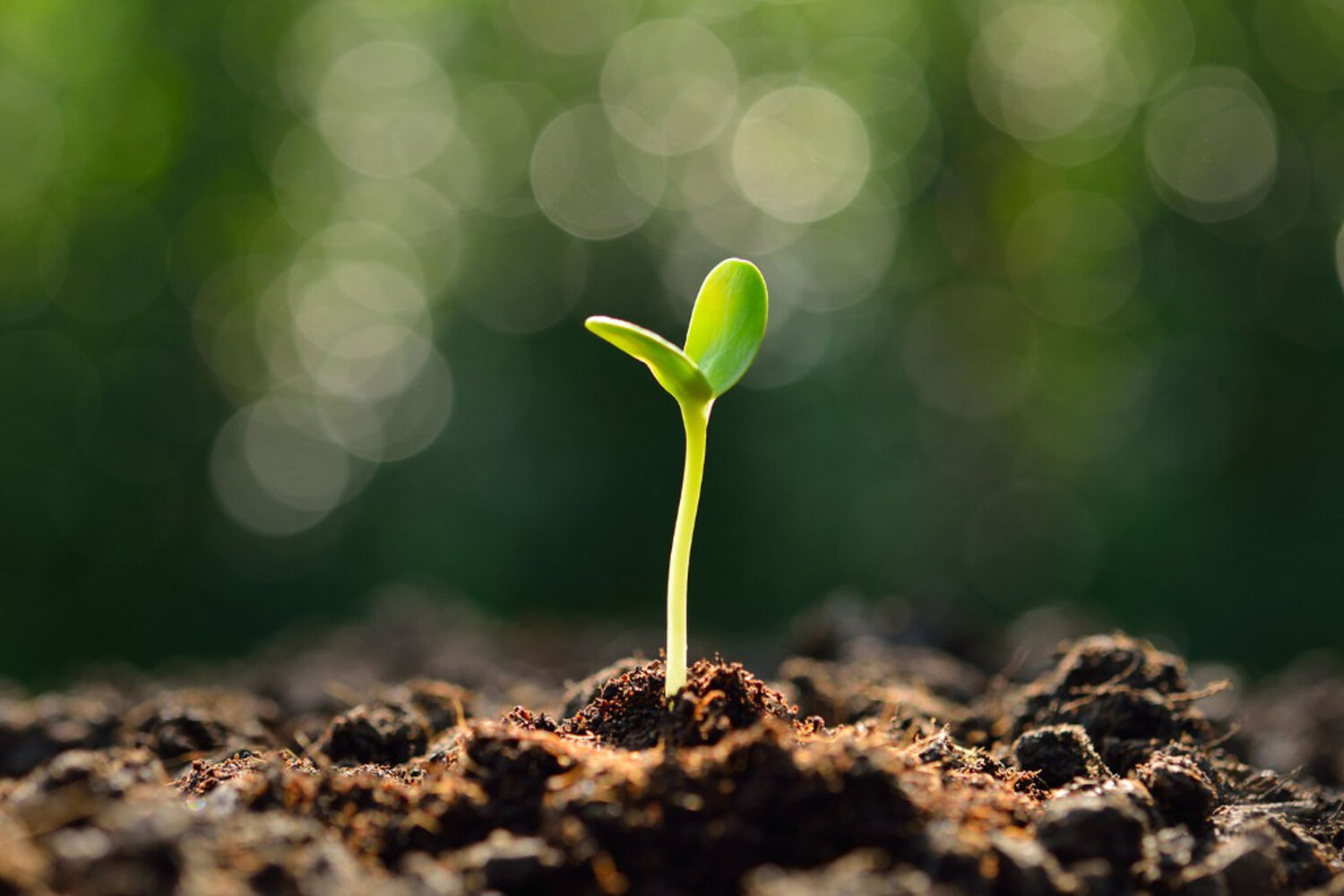
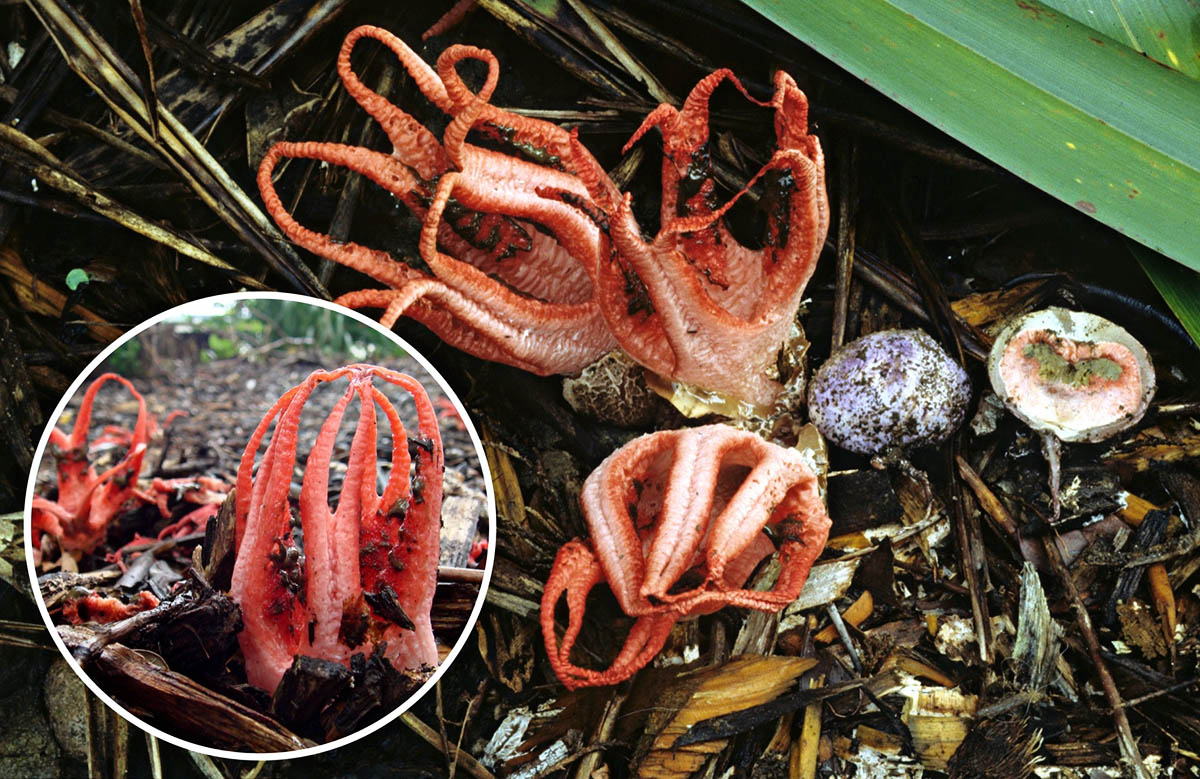
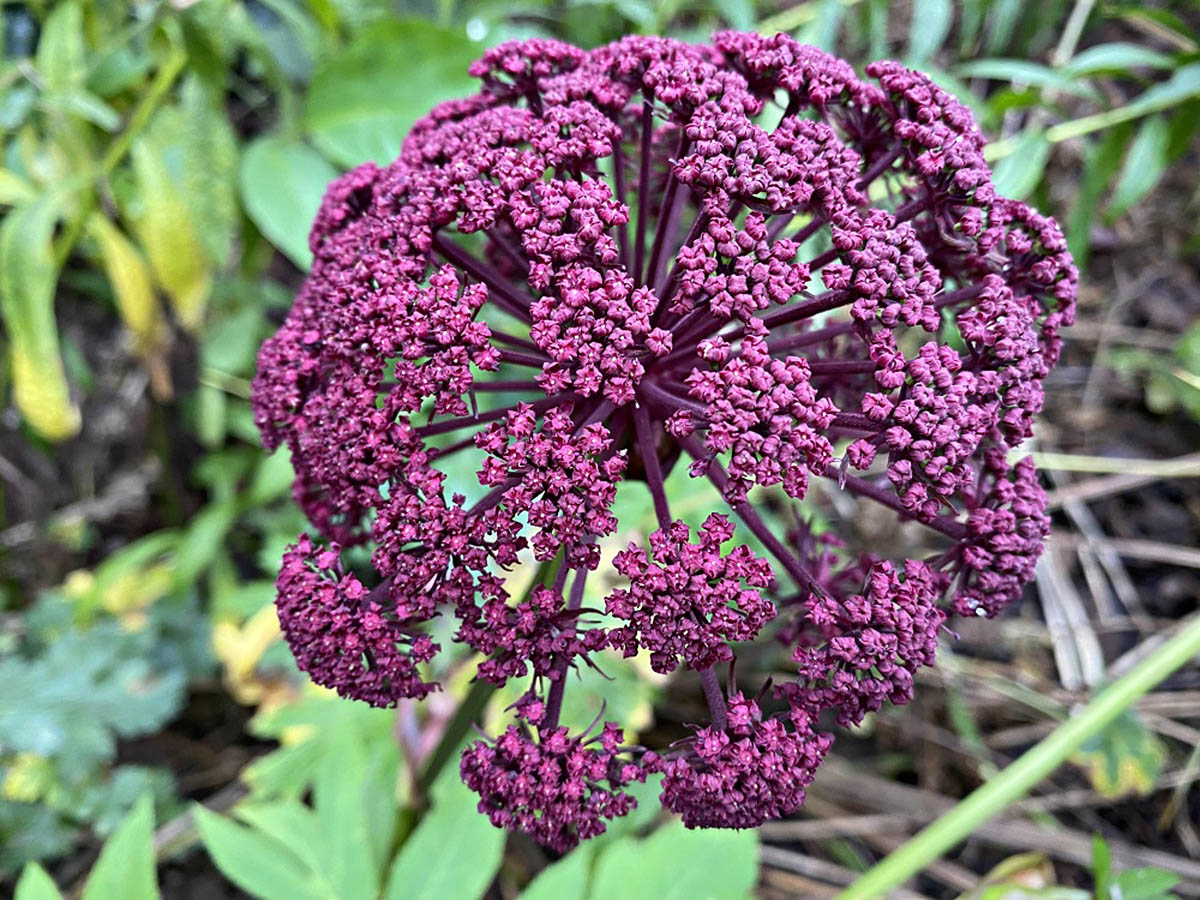
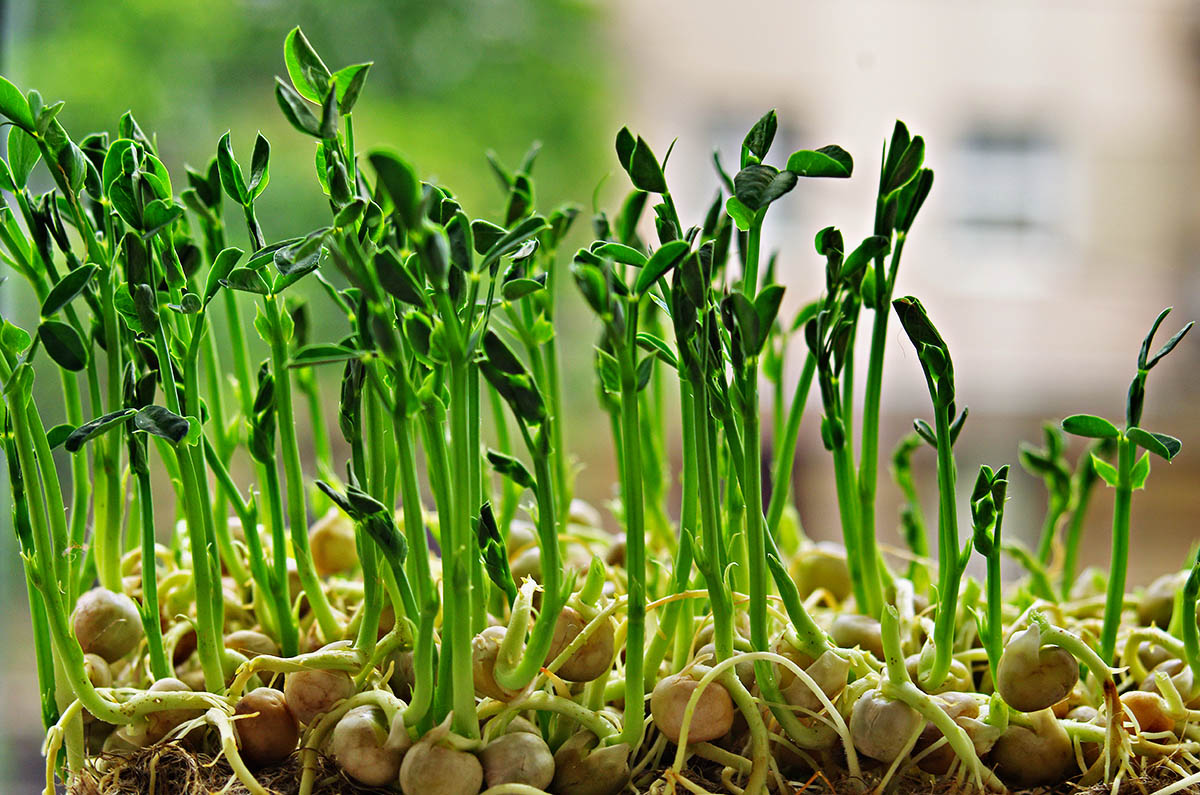
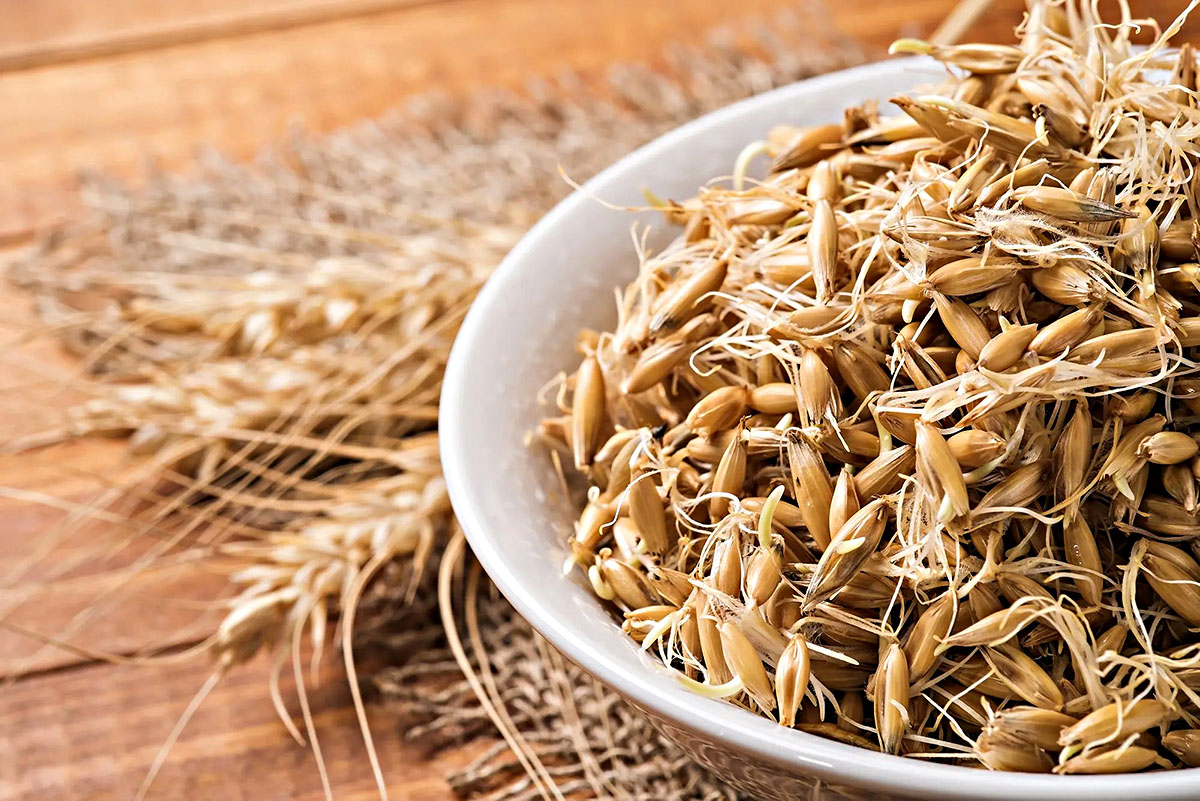
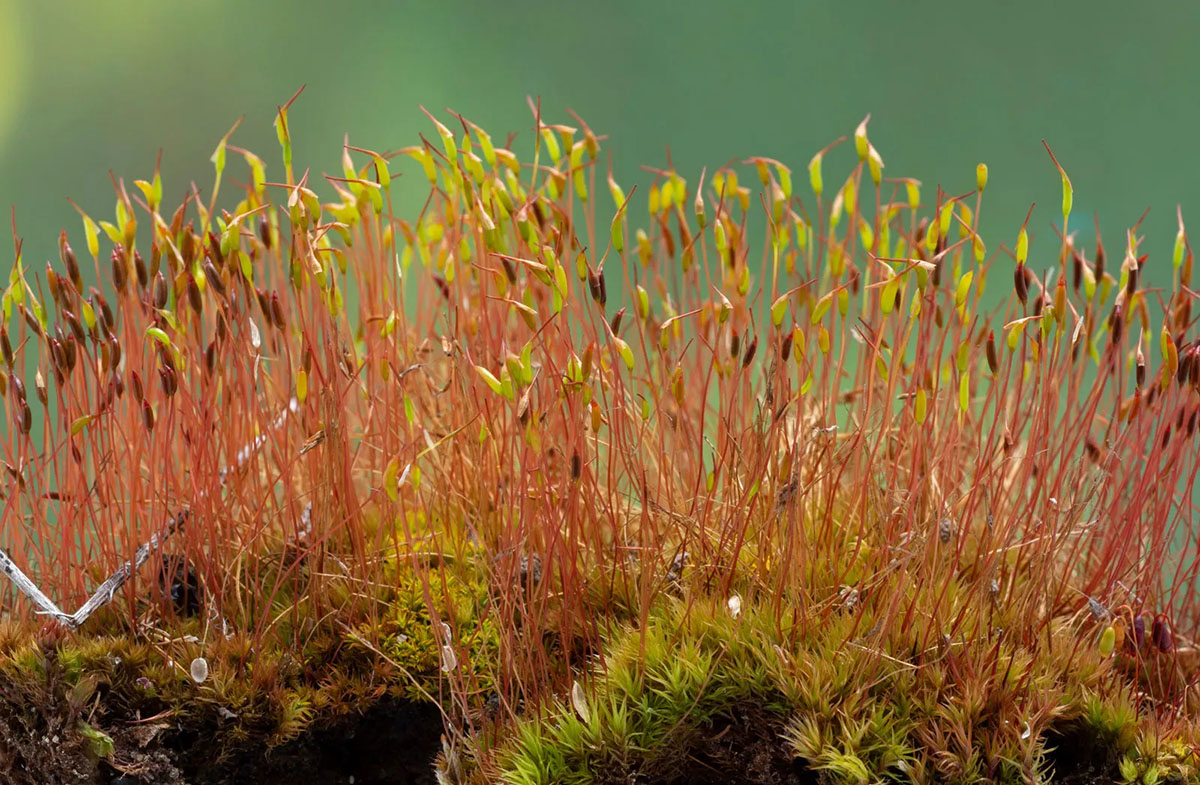
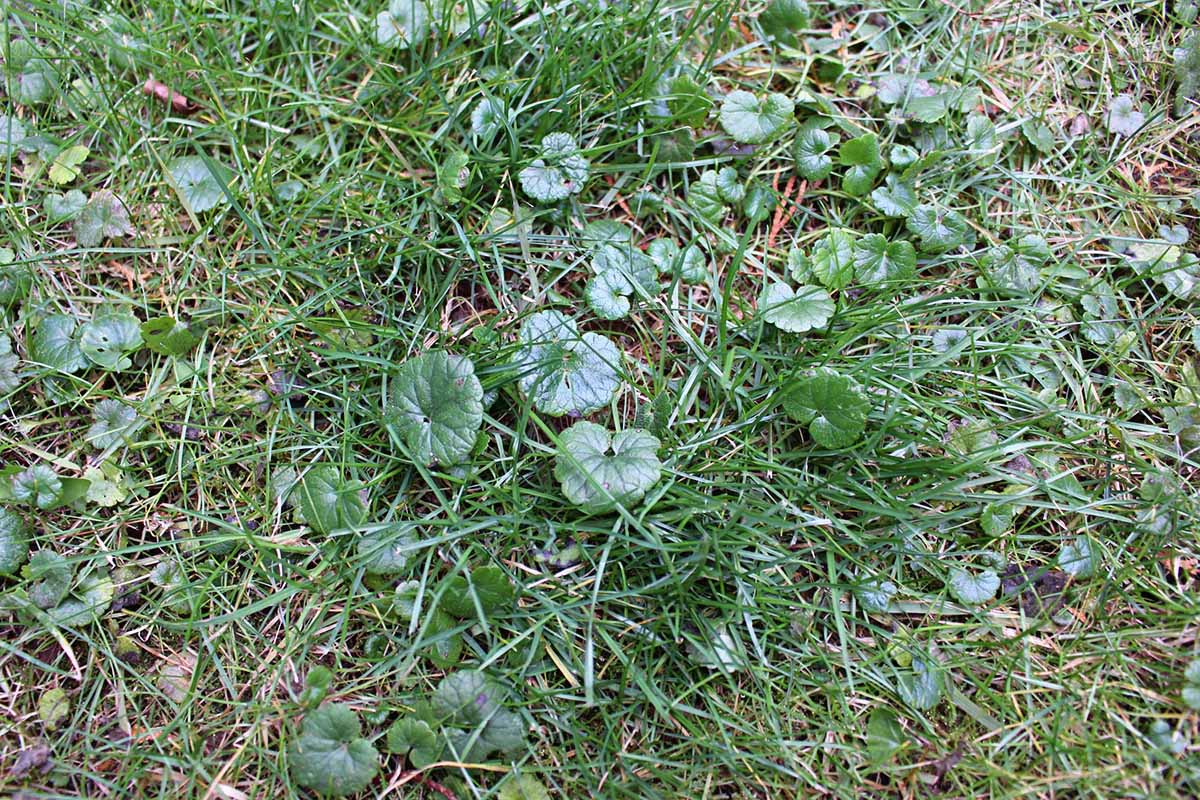
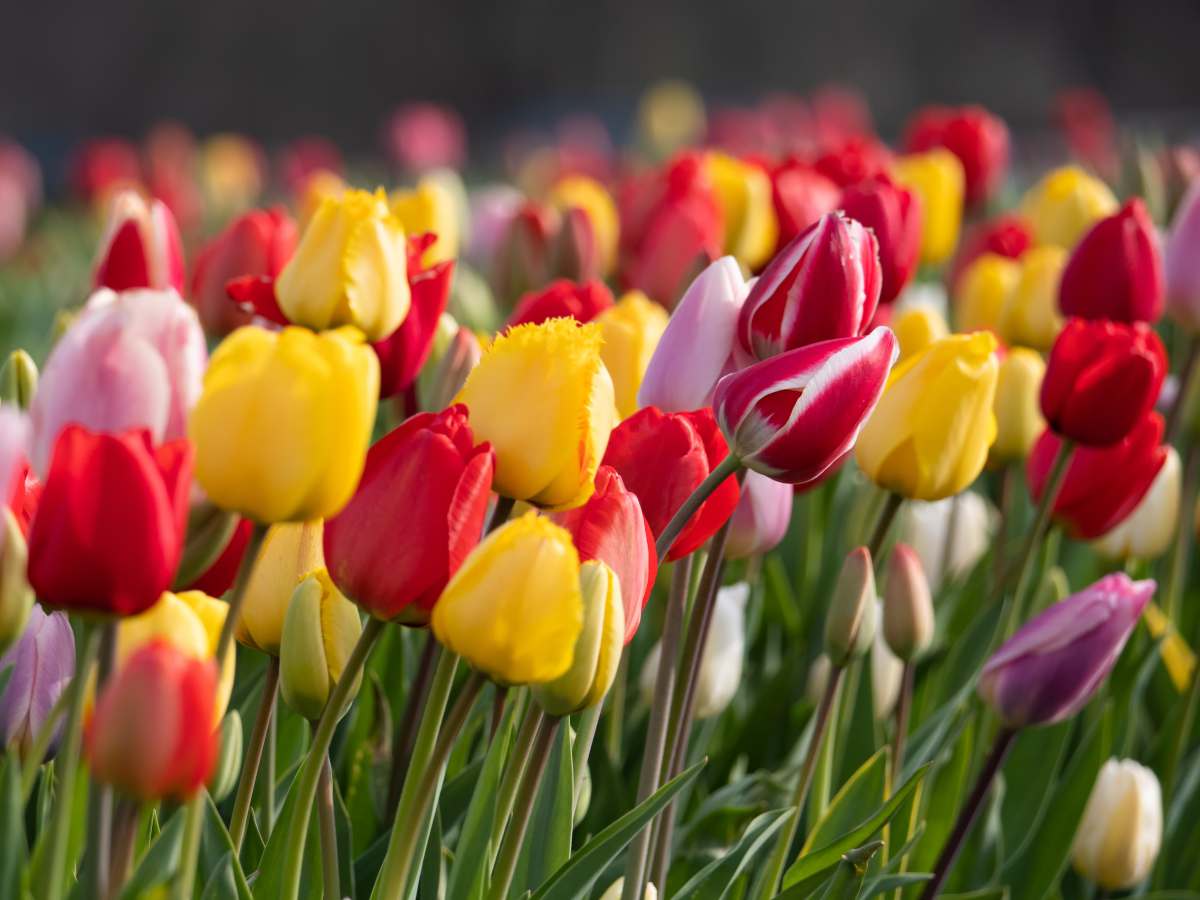
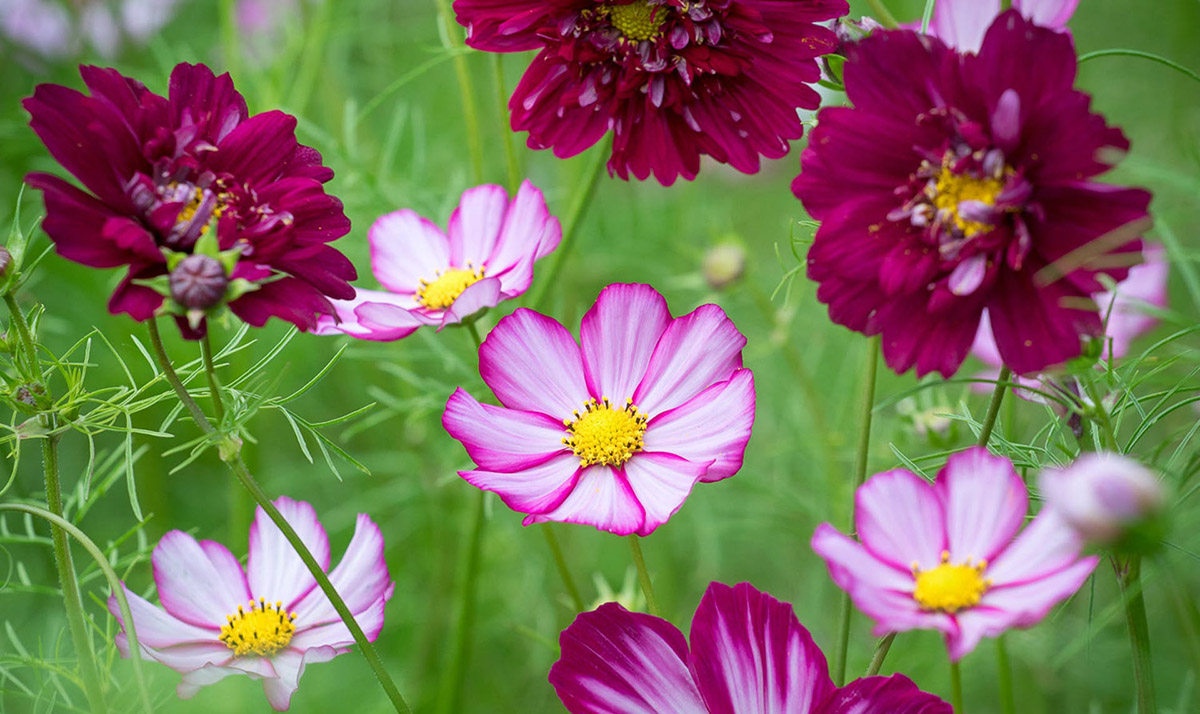
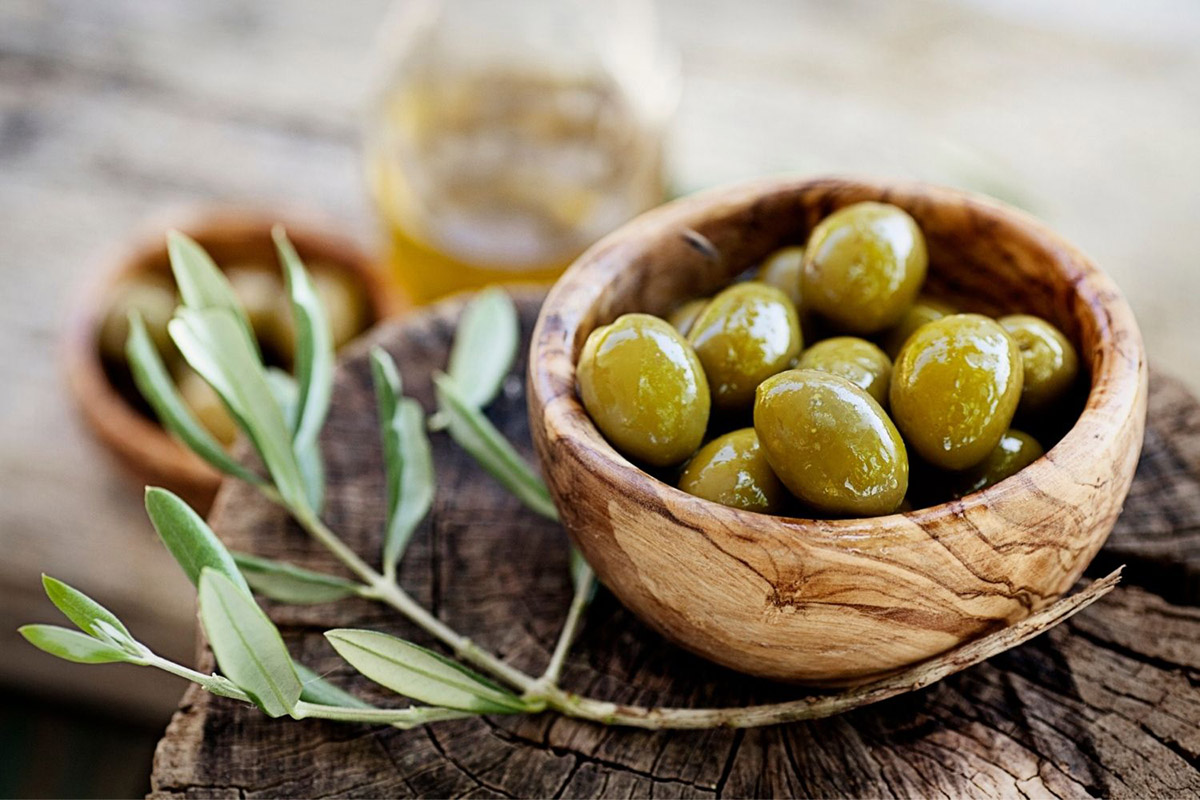
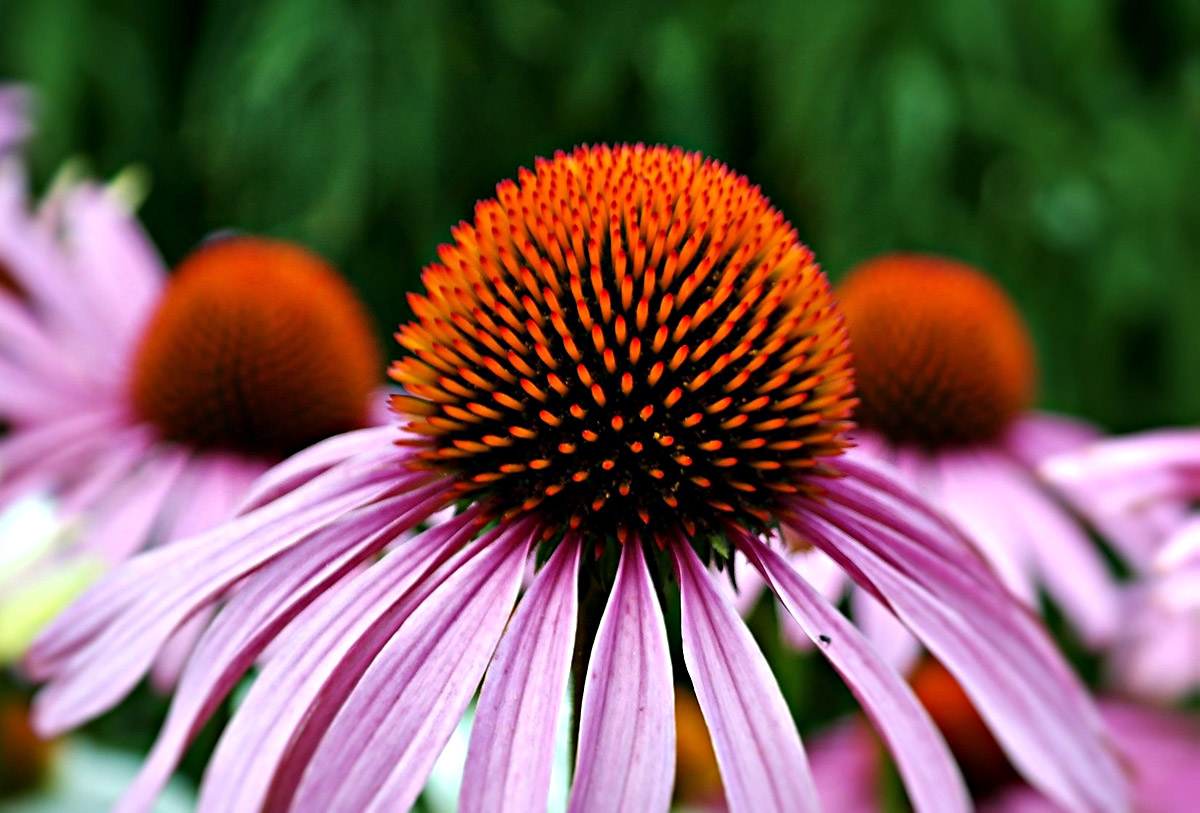
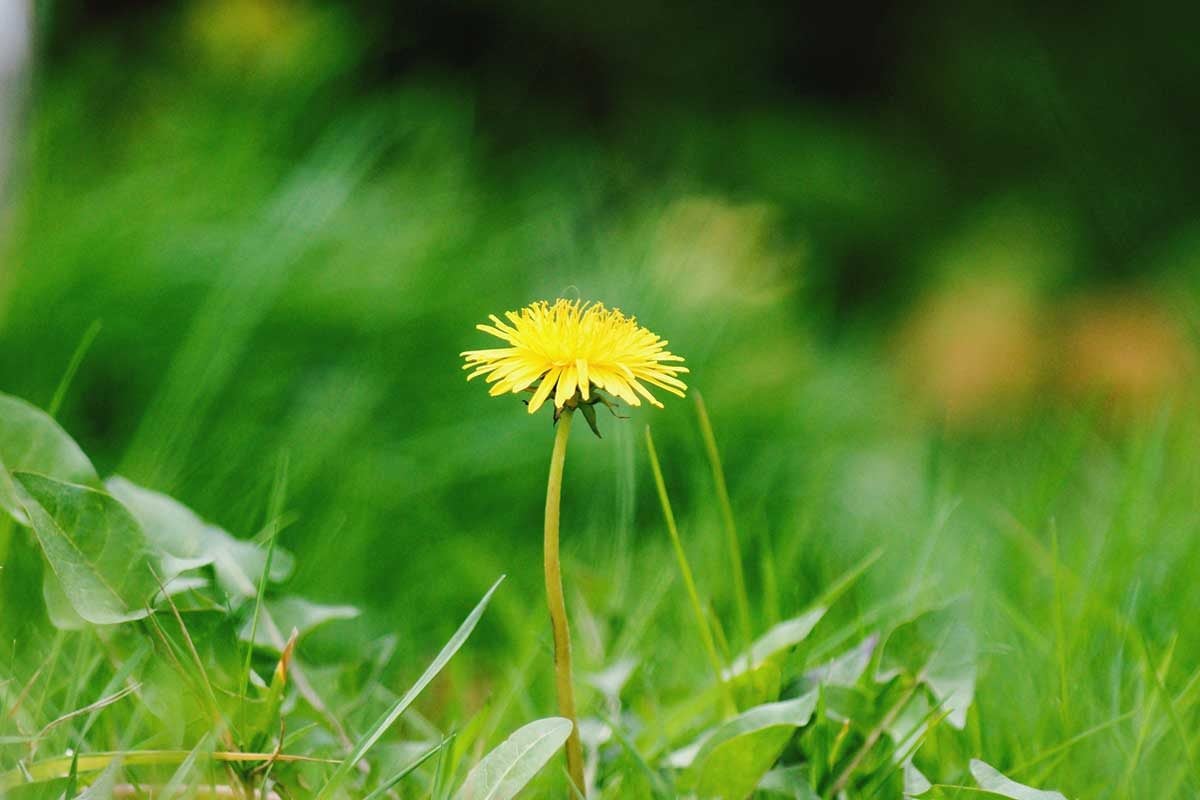

0 thoughts on “How Do Plants Germinate”